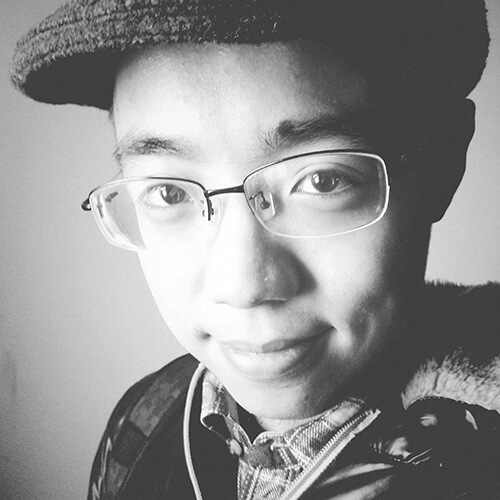Yuyang Liu, b.1991, graduated from Department of History, East China Normal University. He is a freelancer photographer based in Guangzhou, China. When he was a high school student, he started to love taking photos and decided to be a photographer. His images focus on the change and connection of people in the changing society. He had won Magnum Foundation Human Rights & Photography Fellowship, Abigail Cohen Fellowship in Documentary Photography and Ian Parry Scholarship. His work was published on TIME, New York Times, the Guardian, NPR and BBC World Service.
Awards
Ian Parry Scholarship, 2015
Abigail Cohen Fellowship in Documentary Photography (Magnum Foundation/ChinaFile, 2015
National Geographic Photo Contest China, Honorable Mention, 2014
Magnum Foundation: The Human Rights & Photography Fellowship, 2014
ND Scholarship, 3rd Prize, 2014
2013 Shanghai Youth Art Exhibition, Shortlisted, 2013
5th Foundation of OFPiX Photo Agency, Shortlisted, 2012
Exhibitions & Events
Magnum Foundation Human Rights & Photography Fellowship Program Forum: Inter Art Center and Gallery, Beijing, China, 2014
Home of Youth: High School No.7 Chengdu (multimedia):PhotoChina Original International Photographic Exhibition, Confucius’ Hall, Guiyang, China, 2014
Neither Here Nor There (multimedia): LOOKbetween 2014, Virginia, USA, 2014
Auspicious Things: Lishui International Photography Festival Hand-made Books Workshop, Pump Factory, Lishui, China, 2013
Auspicious Things: 2013 Shanghai Youth Art Exhibition, China Art Museum, Shanghai, China, 2013
About the project: At home with mental illness:
In 2014 there were reportedly 16 million people in China living with severe mental illness. 80% of patients diagnosed did not receive sufficient or necessary treatment due to China’s flawed health care system. Most people who suffer from these illnesses are forced to live at home with their families or on their own. They are overlooked or often not recognized at all within society, they are invisible. So I decide to film these patients and families who have mental illness such as psychosis or dysgnosia. I’ve been to several towns and villages in Guangdong Province which is the richest region in southern China and filmed some mental illness at home. This project aims to explore the unique relationship between the mentally ill, their families, and society at large.
